- Description
- Discussions (0)
Description
For the medical profession only
LIGNOCAINE spray 10 %
Lidocaine 10% (10mg/dose)
For surface anaesthesia
- NAME OF THE MEDICINAL PRODUCT
LIGNOCAINE spray 1 %
- Composition
Active ingredient:
Lidocaine 10 %
- PHARMACEUTICAL FORM
Topical anaesthetic pump spray.
- CLINICAL PARTICULARS
4.1 THERAPEUTIC INDICATIONS
For the prevention of pain associated with the following procedures:
Otorhinolaryngology
-puncture of the maxillary sinus and minor surgical procedures in the nasal cavity, pharynx and epipharynx paracentesis.
Obstetrics
During the final stages of delivery and before episiotomy and perineal suturing as supplementary pain control.
Introduction of instruments and catheters into the respiratory and digestive tract
Provides surface anaesthesia for the oropharyngeal and tracheal areas to reduce reflex activity, attenuate haemodynamic response and to facilitate insertion of the tube or the passage of instruments during endotracheal intubation, laryngoscopy , bronchoscopy and oesophagoscopy.
Dental practice
Before injections, dental impressions, x-ray photography, removal of calculus
4.2 Posology and method of administration
As with any local anaesthetic , reactions and complications are best averted by employing the minimal effective dosage. Debilitated or elderly patients and children should be given doses commensurate with their age and physical condition.
Lignocaine spray should not be used on cuffs of endotracheal tubes (ETT) made of plastic (see also section 4.4).
Each activation of the metered dose valve delivers 10 mg LIDOCAINE. It is unnecessary to dry the site prior to application. No more than 20 spray application should be used in any adult to produce the desired anaesthetic effect.
The number of sprays depends on the extent of the area to be anaesthetised.
-Dental practice
1-5 application to the mucous membranes.
-Otorhinolaryngology
3 applications for puncture of the maxillary sinus.
-during delivery
Up to 20 applications (200 mg LIDOCAINE base).
-introduction of instruments and catheters into the respiratory and digestive tract
Up to 20 applications (200 mg LIDOCAINE base) for procedures in pharynx , larynx , and trachea.
4.3 Contraindications
Known hypersensitivity to local anaesthetics of the amide-type or to any of the excipients listed in section 6.1.
4.4 Special warnings and precautions for use
Excessive dosage, or short intervals between doses, may result in high plasma levels and serious adverse effects. Absorption from mucous membranes is variable but is especially high from the bronchial tree. Such applications may therefore result in rapidly rising or excessive plasma concentrations, with an increased risk of toxic symptoms, such as convulsions. Lignocaine Spray should be used with caution in patients with wounds or traumatised mucosa in the region of the proposed application. A damaged mucosa will permit increased systemic absorption. The management of serious adverse reactions may require the use of resuscitative equipment, oxygen and other resuscitative drugs (see section 4.9).
In paralysed patients under general anaesthesia, higher blood concentrations may occur than in spontaneously breathing patients. Unparalysed patients are more likely to swallow a large proportion of the dose, which then undergoes considerable first-pass hepatic metabolism following absorption from the gut.
The oropharyngeal use of topical anaesthetic agents may interfere with swallowing and thus enhance the danger of aspiration. This is particularly important in children because of their frequency of eating. Numbness of the tongue or buccal mucosa may increase the danger of biting trauma.
If the dose or site of administration is likely to result in high blood levels, lidocaine, in common with other local anaesthetics, should be used with caution in the following patients who will require special attention to prevent potentially dangerous side effects:
- Patients with epilepsy.
- Patients with cardiovascular disease and heart failure.
- Patients with impaired cardiac conduction or bradycardia.
- Patients with severe renal dysfunction.
- Patients with impaired hepatic function.
- Patients in severe shock.
- The elderly and patients in poor general health.
Avoid contact with the eyes.
Patients treated with antiarrhythmic drugs class III (e.g. amiodarone) should be under close surveillance and ECG monitoring considered, since cardiac effects may be additive.
Lignocaine Spray should not be used on cuffs of endotracheal tubes (ETT) made of plastic. Lidocaine base in contact with both PVC and non-PVC cuffs of endotracheal tubes may cause damage of the cuff. This damage is described as pinholes, which may cause leakage that could lead to pressure loss in the cuff.
Lignocaine Spray is probably porphyrinogenic and should only be prescribed to patients with acute porphyria on strong or urgent indications. Appropriate precautions should be taken for all porphyric patients.
| This product is not approved to treat teething pain as use in infants and young children can cause serious harm, including death. |
4.5 interactions with other medicinal products and other forms of interaction.
Ligocaine should be used with caution in patients receiving other local
Anaesthetics or agent structurally related to amide-type local anaesthetics e.g. antiarrhythmic drugs such as mexiletine , since the toxic effects are additive.
Specific interaction studies with lidocaine and antiarrhythmic drugs class lll (e.g. amiodarone ) have not been performed , but caution is advised ( see also section 4.4).
Drugs that reduce the clearance of lidocaine ( e.g. cimetidine or beta –blockers ) may cause potentially toxic plasma concentrations when LIDOCAINE is given in repeated high doses over a long time period . Such interactions should therefore be of no clinical importance following short-term treatment with lidocaine (e.g. Lignocaine spray) at recommended doses.
4.6 pregnancy and lactation
There is no, or inadequate evidence of safety of the drug in human pregnancy but it has been in wide use for many years without apparent ill consequence, and animal studies have shown no hazard. If drug therapy needed in pregnancy, this drug can be used if there is no safer alternative.
Lidocaine enters the mother`s milk, but in such small quantities that there is generally no risk of the child being affected at therapeutic close levels.
4.7 Effects on ability to drive and use machines
Depending on the dose, local anaesthtics may have a very mild on mental function and may temporarily impair locomotion and co-ordination.
4.8 Undesirable effects
In extremely rare cases amide-type local anaesthetic preparations have been associated with allergic reactions (in the most sever instances anaphylactic shock).
Local irritation at the application site has been described. Following application to laryngeal mucosa before endotracheal intracheal intubation, reversible symptoms such as” sore throat,”hoarseness” and “loss of voice” have been reported. The use of Lignocaine pump spray provides surface anaesthesia during an endotracheal procedure but does not prevent post-intubation soreness.
Systemic adverse reaction ae and may resul from high plasma levels due to excessive dosage or rapid absorption ( e.g. following application to areas below the vocal chords ) or from hypersensitivity, idiosyncrasy or reduced tolerance on the part of the patient . such reactions involve the central nervous system and/or the cardiovascular system.
Cns reactions are excitatory and/or depressant and may be characterised by nervousness , dizziness , convulsions , unconsciousness and possibly respiratory arrest . the excitatory reactions may be very brief or may not occur at all , in which case the first manifestations of toxicity may be drowsiness , merging into unconsciousness and respiratory arrest.
Cardiovascular reactions are depressant and may be characterised by hypotension , myocardial depression , bradycardia and possibly cardiac arrest.
4.9 overdose
Acute systemic toxicity
Toxic reactions originate mainly in the central nervous and the cardiovascular systems.
Central nervous system toxicity is a graded response with symptoms and signs of escalating severity. The first symptoms are circumoral paraesthesia , numbness of the tongue , light-headedness, hyperacusis and tinnitus . visual disturbance and muscular tremors are more serious and precede the onset of generalized convulsions. Unconsciousness and grand mal convulsions may follow, which may last from a few seconds to several minutes . hypoxia and hypercarbia accur rapidly following convulsions due to the increased muscular activity , together with the interference with normal respiration . in severe cases, apnoea may accur.
Acidosis increases the toxic effects of local anaesthetics.
Cardiovascular effects are only seen in cases with high systemic concentrations. Severe hypotension, bradycardia, arrhythmia and cardiovascular collapse may be the result in such cases.
Cardiovascular toxic effects are generally preceded by signs of toxicity in the central nervous system, unless the patient is receiving a general anaesthetic or is heavily sedated with drugs such as a benzodiazepine or barbiturate.
Recovery is due to redistribution and metabolism of the local anaesthetic drug from the central nervous system. Recovery may be rapid unless large amounts of the drug have been administered.
Treatment of acute toxicity
Treatment of acute toxicity should be instituted at the latest when twitches occur. The necessary drugs and equipment should be immediately available. The objectives of treatment are to maintain oxygenation, shop the convulsions and support the circulation. Oxygen must be given and, if necessary, assisted ventilation (mask and bag).
An anticonvulsant should be given i.v. if the convulsions do not stop spontaneously in 15-30 sec. thiopentone sodium 1-3 mg/kg i.v. will abort the convulsions rapidly. Alternatively, diazepam 0.1 mg/kg body-weight i.v. may be used, although its action will be slow. prolonged convulsions may jeopardise the patient`s ventilation and oxygenation. If so, injection of a muscle relaxant (e.g. succinylcholine 1 mg/kg body-weight) will facilitate ventilation, and oxygenation can be controlled. Early endotracheal intubation must be considered in such situations.
If cardiovascular depression is evident (hypotension, bradycardia), ephedrine 5-10 mg i.v. should be given and repeated, if necessary, after2-3 minutes.
Should circulatory arrest occur, immediate cardiopulmonary resuscitation should be instituted. Optimal oxygenation and ventilation and circulatory support as well as treatment of acidosis are of vital importance, since hypoxia and acidosis will increase the systemic toxicity of local anaesthetics.
Children should be given doses commensurate with their age and weight.
- PARMACOLOGICAL PROPERTIES
5.1 Pharmacodynamic properties
Lidocaine, like other local anaesthetics, causes a reversible blockade of impulse propagation along nerve fibers by preventing the inward movement of sodium ions through the nerve membrane. Local anaesthetics of the amide-type are thought to act within the sodium channels of the never membrane.
Local anaesthetic drug may also have similar effects on excitable membranes in the brain and myocardium. If excessive amounts of drug reach the systemic circulation rapidly, symptoms and signs of toxicity will appear, emanating from the central nervous and cardiovascular systems.
Central nervous system toxicity usually precedes the cardiovascular effects since it occurs at lower plasma concentrations. Direct effects of local anaesthetics on the heart include slow conduction, negative inotropism and eventually cardiac arrest.
5.2 Pharmacokinetic properties
Lidocaine is absorbed following topical administration to mucous membranes; its rate and extent of absorption being dependent upon the concentration and total dose administered the specific site of application, and duration of exposure. In general, the rate of absorption of local anaesthetic agents following topical application is most rapid after intratracheal and bronchial administration. Lidocaine is also well absorbed from the gastrointestinal tract, although little of the intact drug appears in the circulation because of biotransformation in the liver.
The plasma protein binding of Lidocaine is dependent on the drug concentration, and the fraction bound decreases with increasing concentration. At concentrations of 1 to 4 microgram of free base per ml, 60 to 80 percent of lidocaine is protein-bound. Binding is also dependent on the plasma concentration of the alpha—1-acid glycoprotein.
Lidocaine crosses the blood-brain and placental barriers, presumably by passive diffusion.
Lidocaine is metabolized rapidly by the liver, and metabolites and unchanged drug are excreted by the kidneys. Biotransformation includes oxidative n-dealkylation, ring hydroxylation, cleavage of the amide linkage and conjugation. N-dealkylation , a major pathway of biotransformation, yields the metabolites monoethylglycinexylidide and glycinexylidide. The pharmacological/toxicological actions of these metabolites are similar to, but less potent than, those of Lidocaine . Approximately 90% of Lidocaine administered is excreted in the form of various metabolites,and less than 10 % is excreted unchanged. The primary metabolite in urine is a conjugate of 4-hydroxy-2,6-dimethylanilline.
The elimination half-life of Lidocaine following an intravenous bolus Injection is typically 1.5 to 2.0 hours. Because. Of the rapid rate at which lidocaine is metabolized, any condition that affects liver
function may alter lidocaine kinetics. The half-life may be prolonged two-fold or more in patients with liver dysfunction. Renal dysfunction does not affect lidocaine kinetics but may increase the accumulation of metabolites.
Factors such as acidosis and the use of CNS stimulants and depressants affect the CNS levels of lidocaine required to produce overt systemic effects. Objective adverse manifestations become increasingly apparent with increasing venous plasma levels above 6.0 microgram free base per ml.
5.3 Preclinical safety data
Lidocaine is a well-established active ingredient.
In animal studies the toxicity noted after high doses of lidocaine consisted of effects on the central nervous and cardiovascular systems. No drug related adverse effects were seen in reproduction toxicity studies, neither did lidocaine show a mutagenic potential in either in vitro or in vivo mutagenicity tests. Cancer studies have not been performed with lidocaine, due to the area and duration of therapeutic use for this drug.
Genotoxicity tests with lidocaine showed no evidence of mutagenic potential. A metabolite of lidocaine, 2,6-dimethylaniline, showed weak evidence of activity in some genotoxicity tests. The metabolite 2,6-dimethylaniline has been shown to have carcinogenicity potential in preclinical toxicological studies evaluating chronic exposure. Risk assessments comparing the calculated maximum human exposure from intermittent use of lidocaine, with the exposure used in preclinical studies, indicate a wide margin of safety for clinical use.
- PHARMACEUTICAL PARTICULARS
6.1 List of excipients
Cetypryridinium , menthol , eucalyptol ,propylene glycol , saccharin & alcohol
6.2 Incompatibilities
None known
6.3 Shelf life
3 years
6.4 Nature and contents of containers
Glass bottle of 15 ml inside a carton box with leaflet.
Glass bottle of 55 ml inside a carton box with leaflet.
6.5 Storage
Store at temperature not exceeding 30°c, protected from direct from sun light.
- Manufactured by:
The Arab drug company for pharmaceutical and chemical industries
For Arab perfume chemical & pharmaceutical company Cairo- A.R.E

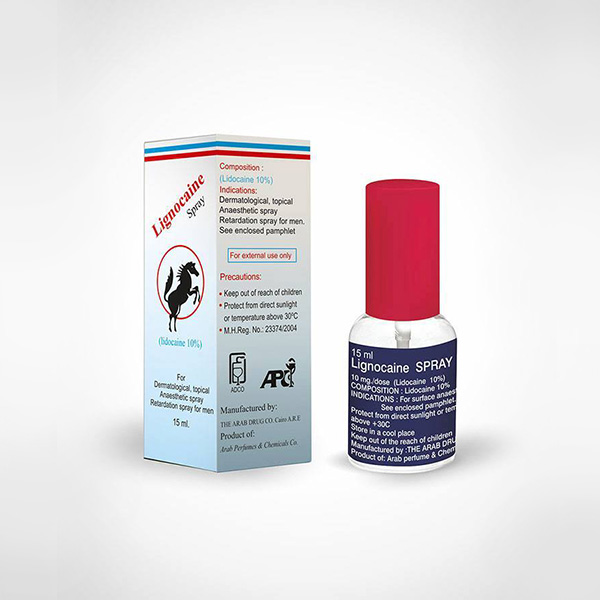
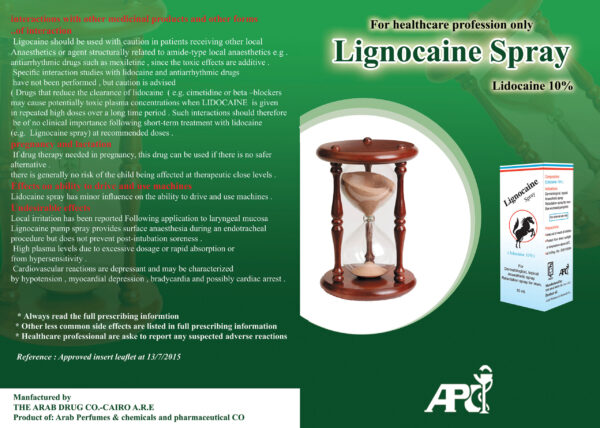
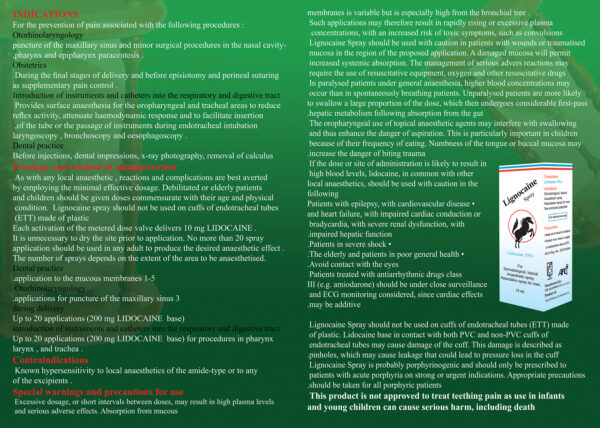
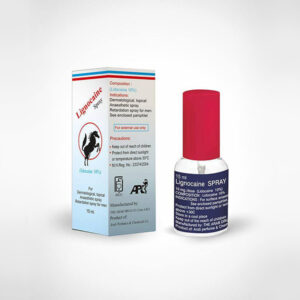
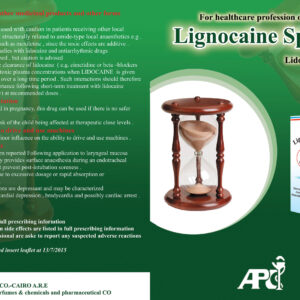
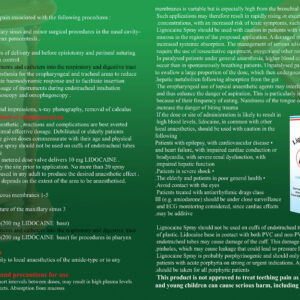
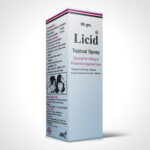
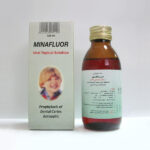
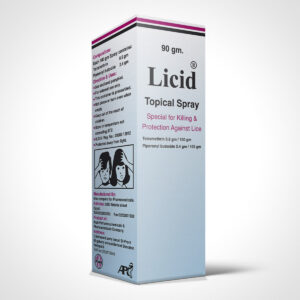

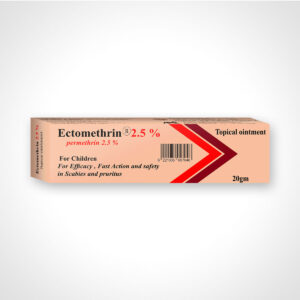
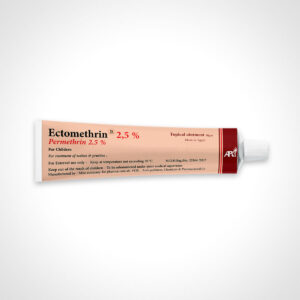
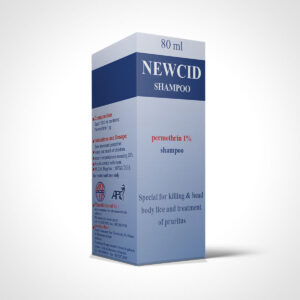
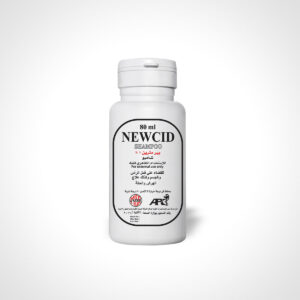
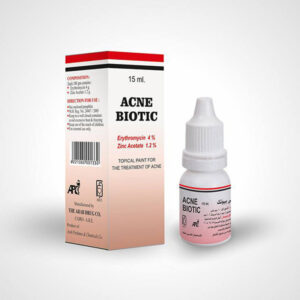
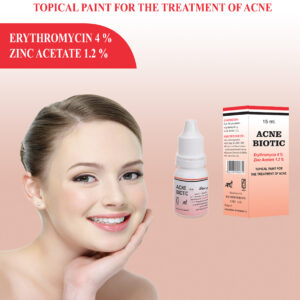
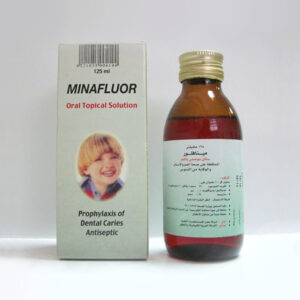
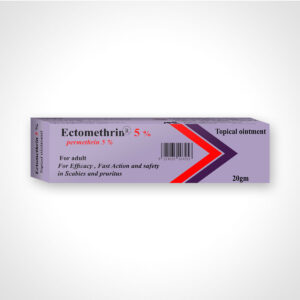
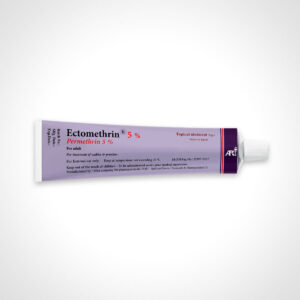
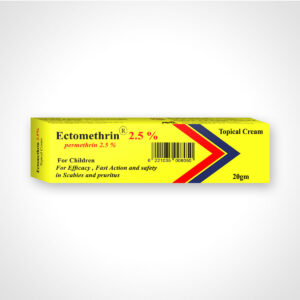
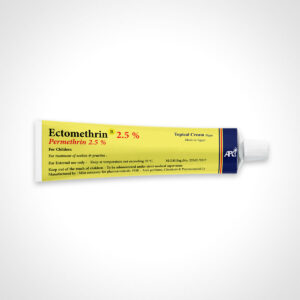
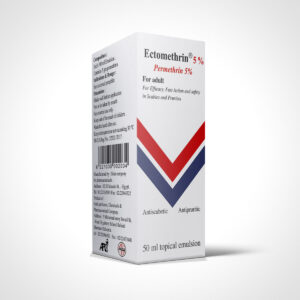
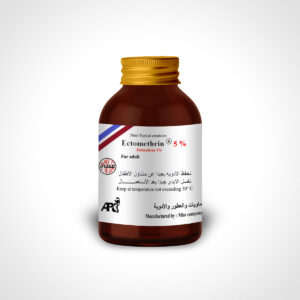
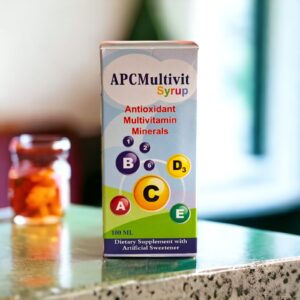
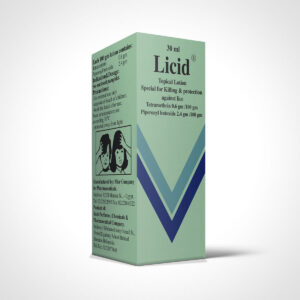
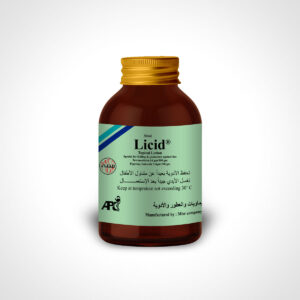
Discussions
There are no discussions yet.
Comments are closed.